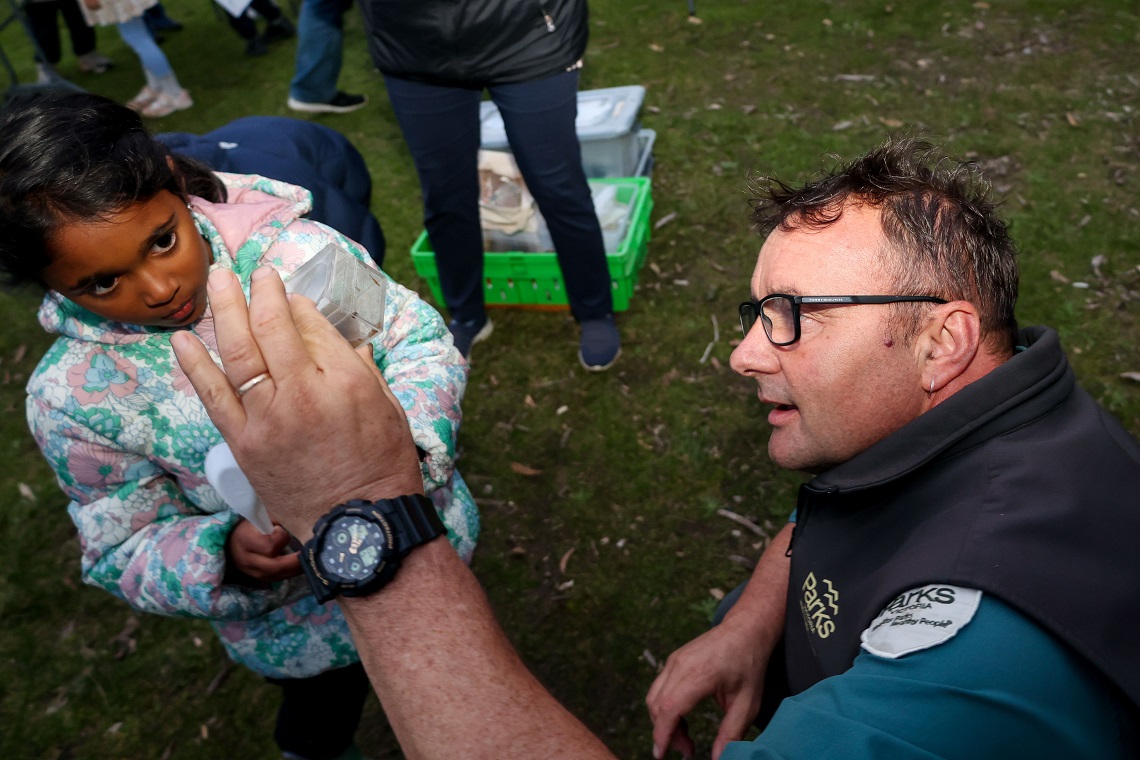Investigating Waterway Health
Introduction
Water bugs, or aquatic macroinvertebrates, are tiny creatures without backbones that live in water and can be seen with the naked eye. They play a crucial role in freshwater ecosystems by providing food for fish, frogs, birds, and even platypuses. By studying water bugs, we can assess the health of our local waterways. In this citizen science activity, Scouts will explore a local creek or river, collect water bugs, and determine the water quality using real scientific methods.
What you'll need
- For Sampling:
- Nets on poles (e.g. fish tank nets)
- Buckets
- Waders or gumboots
- For Picking and Sorting:
- Small, clear containers
- White plastic spoons
- 1–2 ice cube trays
- Magnifying glasses
- Small LED torches
- Laminated water bug identification guides (relevant to your area)
- For Recording Data:
- Printed data recording sheets
- Water bug identification guide or Museums Victoria’s "Field Guide to Victorian Fauna" app
Before you begin
-
Discuss with the Unit:
- What are water bugs?
- Why are they important for freshwater ecosystems?
- Can we learn about water quality by studying the types of bugs we find?
-
Choose a Local Waterway:
- Select a nearby creek, river, or wetland for the activity
- Conduct a risk assessment to ensure safety, including sun protection and water safety precautions

Activity
-
Collect Water Bugs:
- Use nets to strain water from different depths (surface to bottom)
- Look for bugs at the water’s edge, on plants, and under rocks
- Use spoons to transfer bugs into clear containers for observation
-
Sort and Identify Bugs:
- Sort bugs by type and store them in separate, water-filled compartments of an ice cube tray
- Use laminated guides to identify the species and record findings in the data sheet
- Sketch or take photos of the bugs for further study
-
Assess Waterway Health:
- Use the SIGNAL score equation (provided on the data sheet) to estimate the health of the waterway
-
Return Bugs and Clean Equipment:
- Carefully return all bugs to the exact spot they were collected from
- Wash all equipment before using it in a different waterway to prevent spreading pests or disease
Change the challenge level
Easier:
- Focus on collecting and observing bugs rather than identifying species
- Use a simpler checklist to record general bug types (e.g. swimming, crawling, tiny, large)
Harder:
- Compare water bug diversity between different sites (e.g. polluted vs. clean water)
- Investigate what local councils or conservation groups are doing to improve waterway health
- Conduct regular monitoring over several months to track changes in water quality
Reflection
- Were there more or fewer water bugs than expected?
- Do the results suggest that the waterway is healthy?
- How can the Unit share findings with waterway managers or local councils?
- What can be done to help keep waterways clean and healthy?
- Are there volunteer groups working to protect this waterway?
- Could any Scouts use this activity for a Special Interest Area (SIA) Project to continue monitoring water quality?


